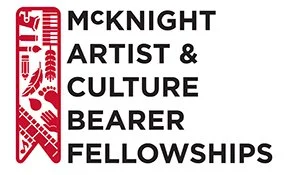What is Printmaking?
Printmaking is a versatile artistic discipline involving the creation of an image on one surface, known as a matrix, which is then used to print the image onto another surface, most commonly paper. This process allows for the reproduction of an artwork in multiple, often identical, impressions, referred to as original prints.
Key Printmaking Techniques
Relief Printing
In relief printing, the image is created by raising the surface of the matrix. The artist carves away unwanted areas, leaving the desired image raised. Ink is applied to the raised surface, and then pressed onto paper.
- Woodcut: A technique using a wooden block as the matrix.
- Linocut: Similar to woodcut but uses linoleum.
Intaglio Printing
Intaglio techniques involve creating an image by incising lines into a metal plate. Ink is applied to the plate, filling the incised lines, and then wiped from the surface. The ink in the lines is transferred to paper under pressure.
- Engraving: Lines are cut directly into the plate with a burin.
- Etching: A metal plate is coated with a resist, and lines are drawn through it, exposing the metal to acid.
- Drypoint: Lines are scratched directly into the plate with a sharp tool.
Planographic Printing
Planographic printing is based on the principle that oil and water repel each other. The image is drawn onto a flat surface, typically stone or a specially treated plate, with a greasy substance.
- Lithography: A method using a limestone or metal plate.
Screenprinting
Screenprinting, also known as serigraphy, uses a stencil process. Ink is pushed through a mesh screen onto the printing surface, with certain areas blocked to create the image. This is a very versatile technique.
Deep Dive: The Artist’s Role
The printmaker is not merely a reproducer but an artist who manipulates the chosen medium to achieve specific effects. The matrix itself is a crucial element, and the artist’s interaction with it defines the final artwork. Editioning, the process of numbering and signing prints, ensures authenticity and value.
Applications of Printmaking
Printmaking extends beyond fine art. It is used in commercial design, illustration, textiles, and even in the creation of unique graphic styles. Its ability to produce multiple copies makes it accessible and impactful.
Challenges & Misconceptions
A common misconception is that prints are less valuable than paintings or drawings. However, original prints are considered unique artworks. Another challenge lies in mastering the technical aspects of each medium, which requires significant skill and practice.
FAQs
What is an edition?
An edition refers to the total number of prints made from a single matrix, which are then signed and numbered by the artist.
Are prints original art?
Yes, original prints are considered original works of art, not reproductions, when created by the artist using a printmaking technique.






